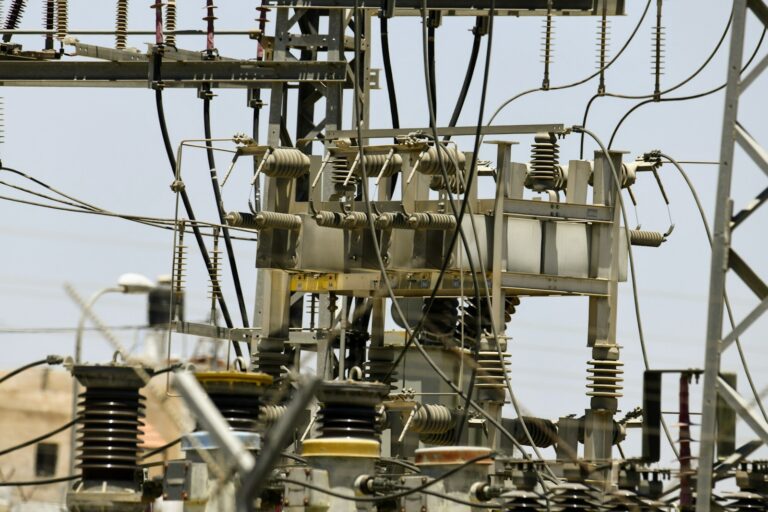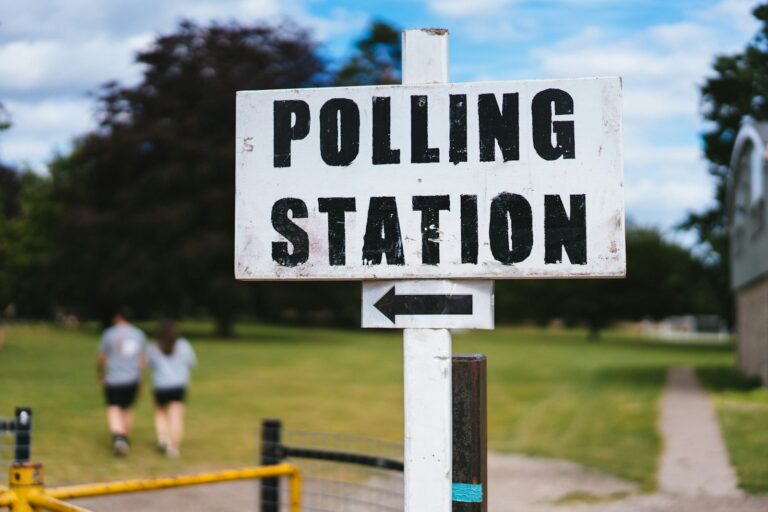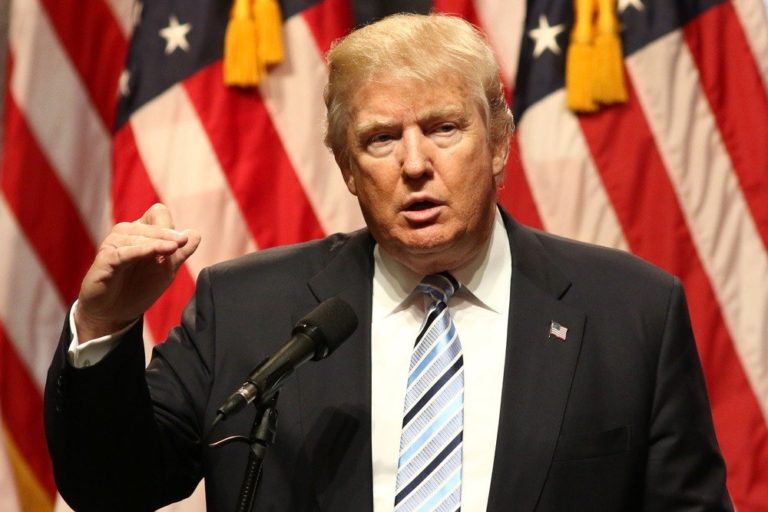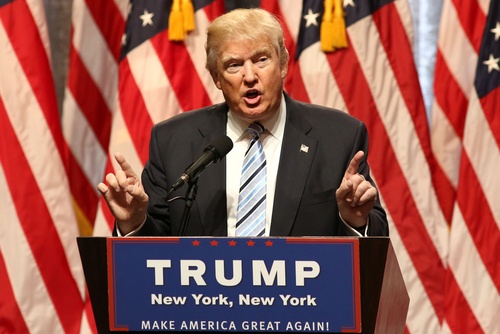Key Takeaways:
– Naftogaz Group, in collaboration with the ‘Energy of Ukraine’s Victory’ charitable foundation and ‘Dobrobat’ public organization, donates 4,000 uninterruptible power supply stations.
– The donated equipment will ensure the operation of household gas boilers for vulnerable Ukrainians in anticipation of potential power outages this winter.
– The gear has been distributed to families of fallen defenders, veterans, large families, displaced persons, and pensioners.
– The initiative is part of a ‘Warm Up’ social program, spanning across Kharkiv, Kirovohrad, Lviv, Ivano-Frankivsk, and Chernivtsi regions.
Defending Against the Cold
As the most strenuous winter looms ahead, the Ukrainian populace braces itself for potential power outages spurred by Russian hostilities. Amidst this challenging scenario, maintaining household warmth emerges as essential, particularly for the most vulnerable. The Naftogaz Group, partnering with the ‘Energy of Ukraine’s Victory’ charitable foundation and the ‘Dobrobat’ public organization, has taken a notable stride in this direction.
Bringing Warmth to Homes
The collaborative initiative features the delivery of 4,000 uninterruptible power supplies intended for the autonomous operation of domestic gas boilers. Targeting the neediest Ukrainians, the move aims to keep homes heated through the harsh autumn-winter season.
The Naftogaz CEO, Oleksii Chernyshov, intensified the efforts by personally distributing the power supply units in Lviv region during a working trip. The CEO reiterated the company’s commitment to standby vulnerable Ukrainians amidst potential winter power outages, emphasizing that no citizen should be left without heating.
Warm Up Program – A Beacon of Hope
Born out of the Naftogaz Group’s initiative, the ‘Warm Up’ social program sheds a ray of hope for economically stricken Ukrainians. Within the program’s ambit, vital equipment was procured to ensure undisturbed gas supply, essential to household heating.
Respecting those who served the country and those currently in a difficult position, the program extended its assistance to the families of fallen defenders, veterans, large families, internally displaced persons, and pensioners.
Donations and Outreach
A drive for greater outreach, the ‘Warm Up’ program, has marked its presence in several regions, including Kharkiv, Kirovohrad, Lviv, Ivano-Frankivsk, and Chernivtsi. By distributing warm aid across Ukraine, Naftogaz reaffirmed its pledge to stand with the nation’s vulnerable citizens.
“We cannot allow this,” implied Naftogaz CEO, Oleksii Chernyshov, referring to the risk of Ukrainians facing a winter without heating. He further accentuated the importance of the ‘Warm Up’ program in providing uninterruptible power supplies, which could enable gas boilers to operate even in the absence of electricity.
Looking Ahead
With a challenging winter ahead, ceaseless cooperation is the need of the hour. As Naftogaz leads this exemplary campaign, it offers a warm beacon of faith and resilience. Meanwhile, it becomes crucial for other organizations and communities to galvanize similar endeavors, ensuring that collectively, they can indeed overcome all hardships.
In conclusion, amid an impending harsh winter and the threat of power outages, the joint ventures led by Naftogaz provides a crucial lifeline to thousands of Ukrainians, showing that even in the face of adversity, unity and resolve can bring warmth and comfort.









